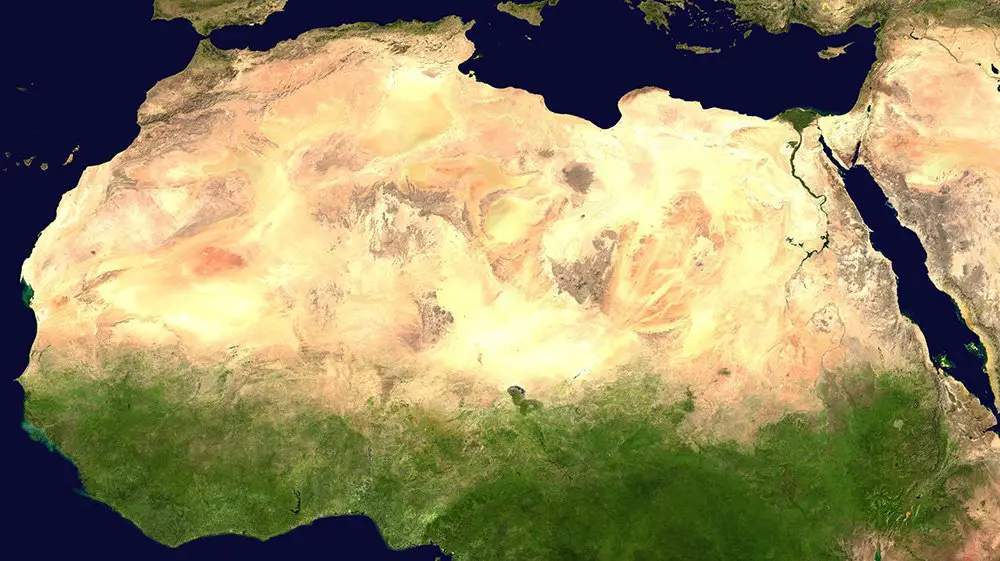A team of scientists from Norway, France and China revise the view that the Sahara desert has existed for only the last 2-3million years.
The Sahara is the earth’s largest subtropical desert. During the last decades, multiple scientific studies have probed its geological and archaeological archives seeking to reveal its history. Despite some crucial breakthroughs, there are still basic questions that lack satisfactory answers.
An example being, how old is the Sahara desert? It is believed by many that the Sahara desert first appeared during the last 2 to 3 million years, however, recent discoveries such as ancient sand dunes and dust records in marine cores push the possible onset of Saharan aridity back in time by several million years. Until now, however, there have been no good explanations for such an early Sahara onset.
The study pinpoints the Tortonian stage (-7-11 million years ago) as an essential period for triggering North African aridity and creating the Sahara desert. Using snapshot simulations with the Norwegian Earth System Model (NorESM) model suite, the international team explored the climate evolution of North Africa through major tectonic shifts over the last 30 million years. They discovered that the region undergoes aridification with the shrinkage of the Tethys– a giant ocean that was the origin of the modern Mediterranean, Black and Caspian Seas– during the Tortonian.

The simulations are the first to show that the Tethys shrinkage has two main consequences for North African climate. First, it weakens the African summer monsoon circulations and dries out North Africa. Second, it enhances the sensitivity of the African summer monsoon and its associated rainfall to orbital forcing. The Totonian stage thus marks the time when North Africa shifted from permanently lush, vegetated landscape to a landscape experiencing arid/humid cycles on orbital timescales.
Interestingly, these major alterations in North African climate and environment coincide with an important time period for the appearance of early hominids.
The study, led by Zhongshi Zhang from the Bjerkness Centre for Climate Research, Uni Research Climate, was published on Thursday September 18th in Nature. The research team comprises of Gilles Ramstein from Laboratoire des Sciences du Climat et de l’Environement; Mathieu Schuster from Institut de Physique du Globe de Strasbourg; Camille Li from the University of Bergen and the Bjerknes Centre for Climate Research; Camille Contoux from the Bjerkness Centre for Climate Research, Uni Research Climate; and Qing Yan from the Nansen-Zhu International Research Centre.
Contributing Source: Uni Research
Header Image Source: Wikimedia




